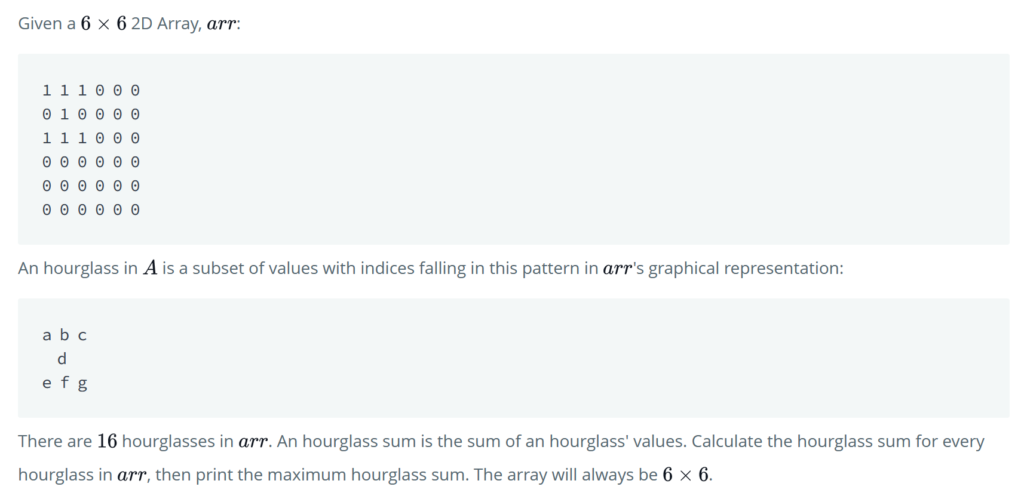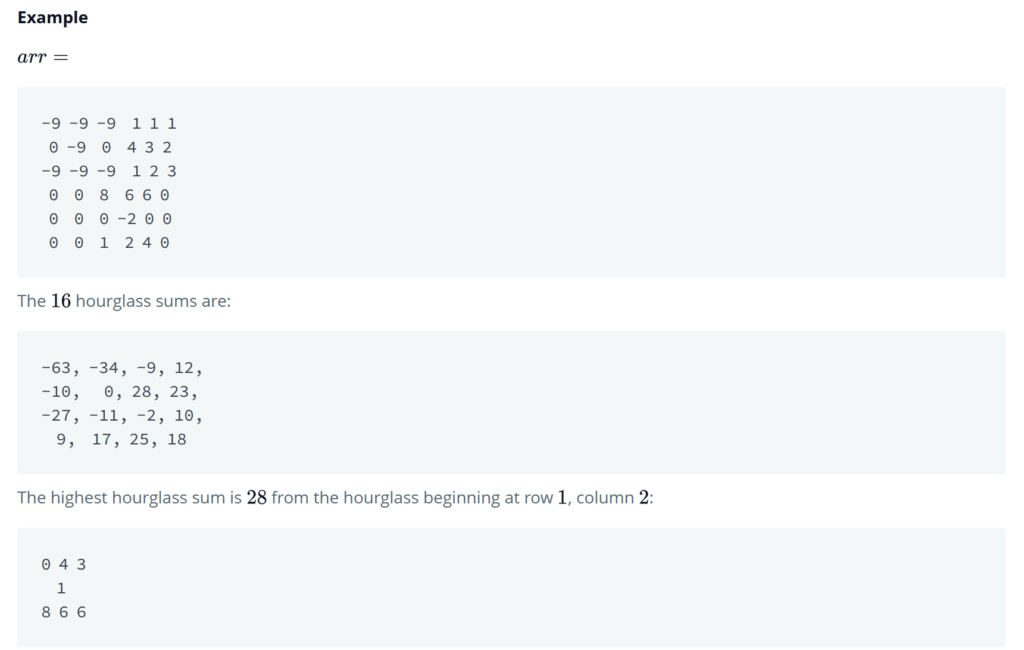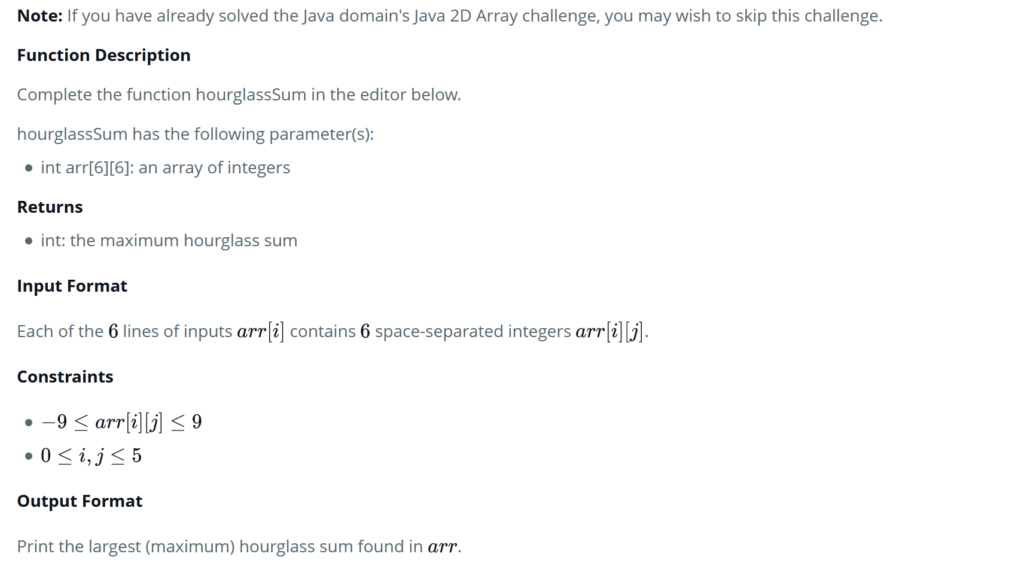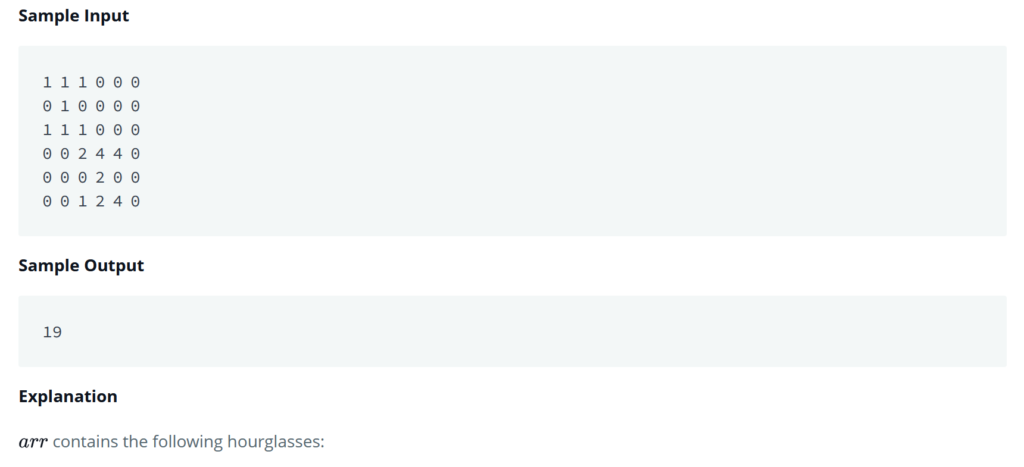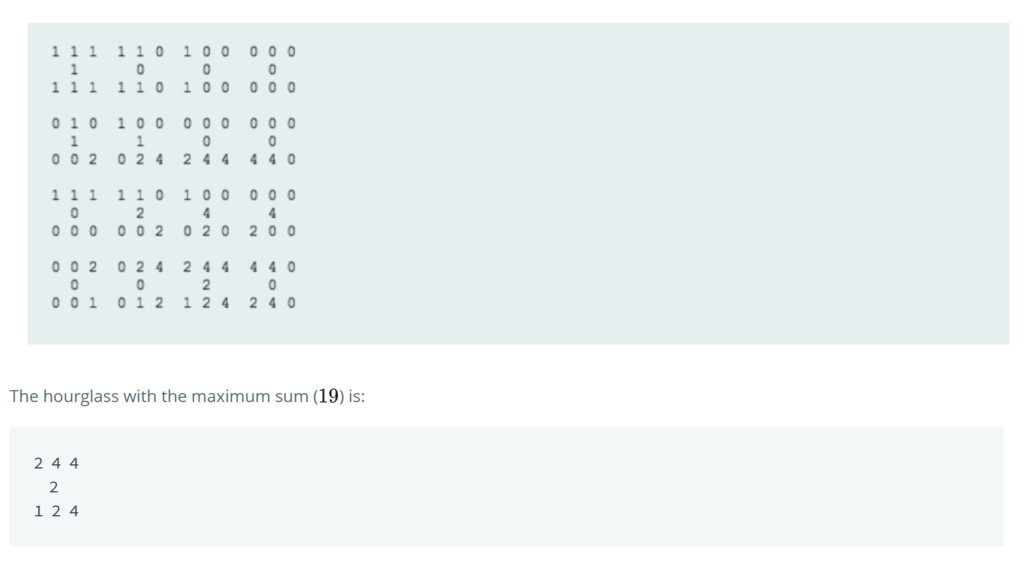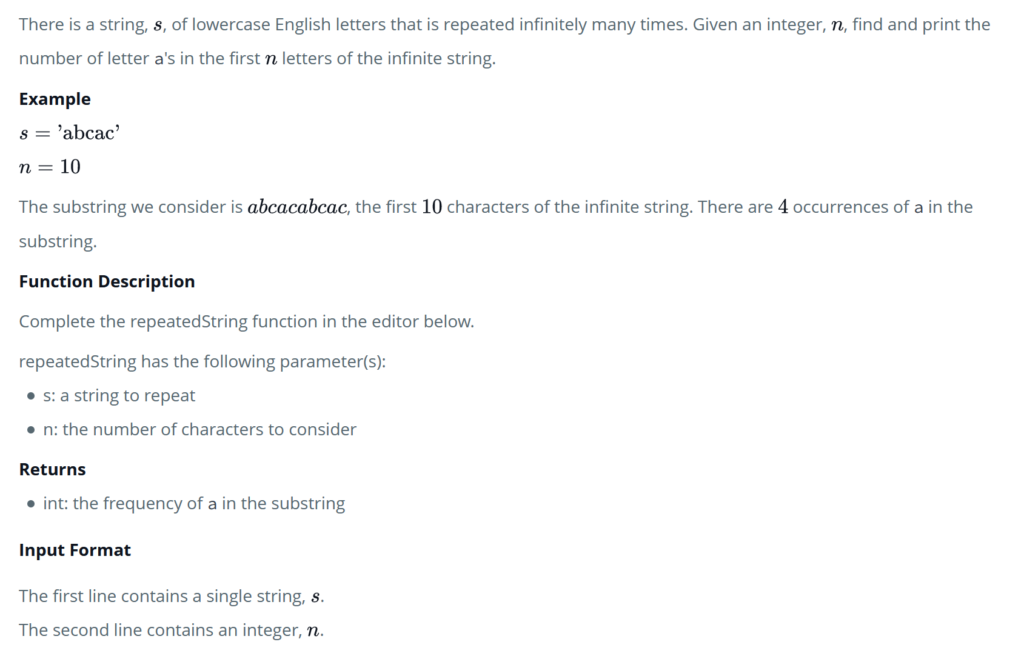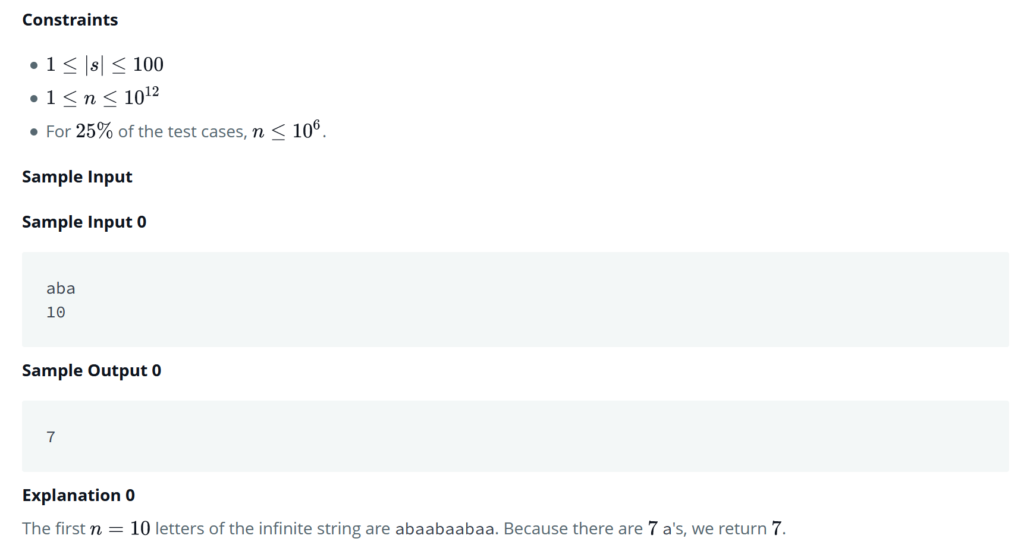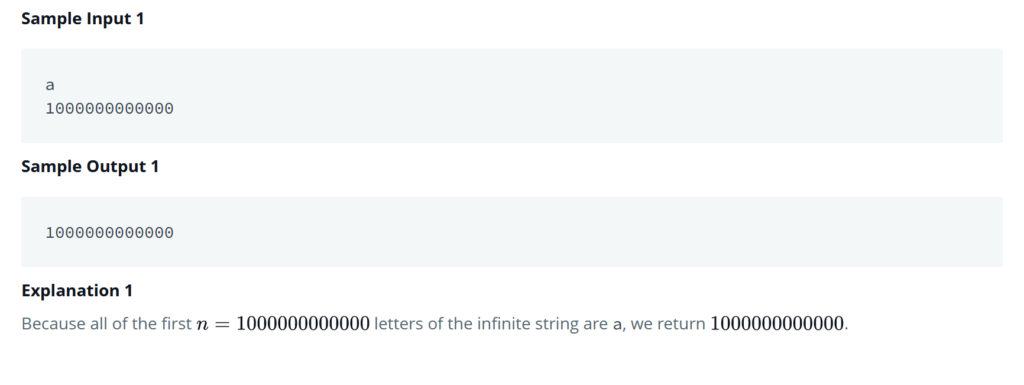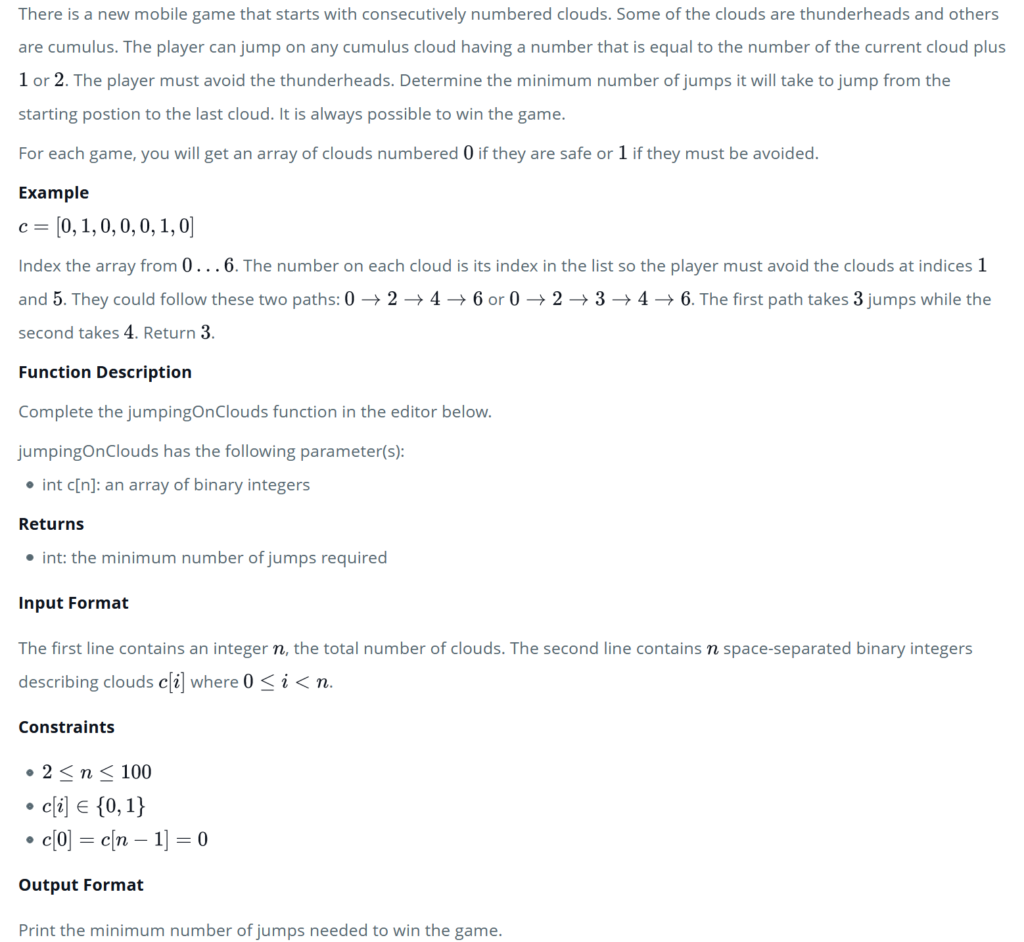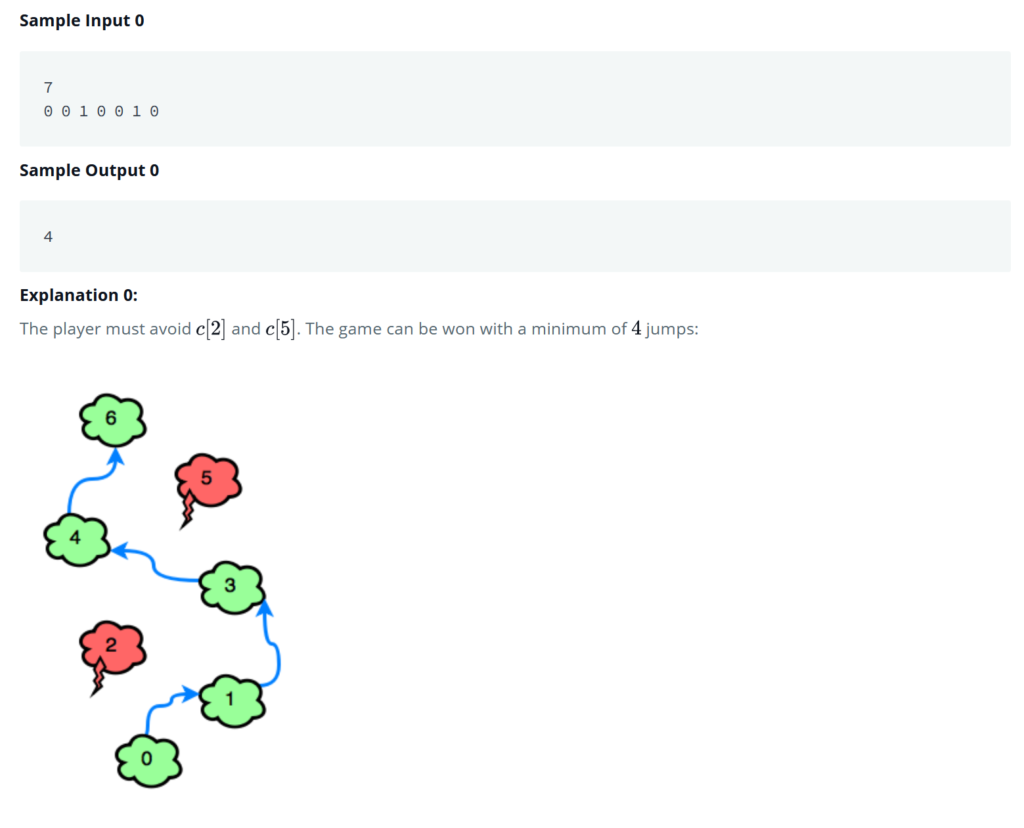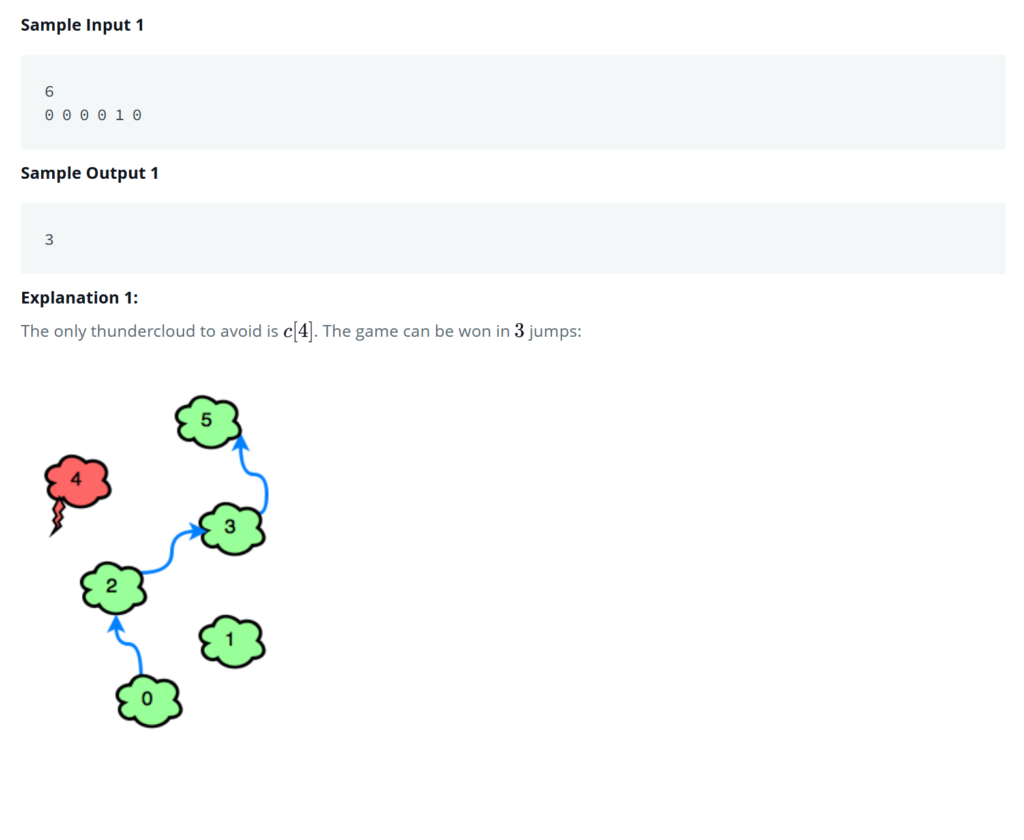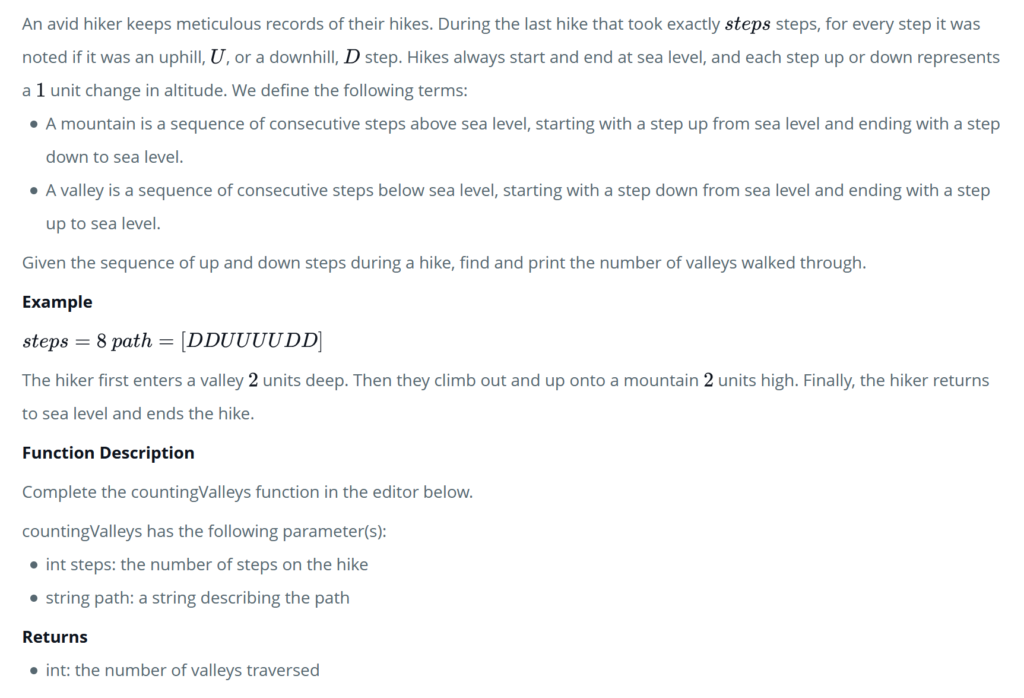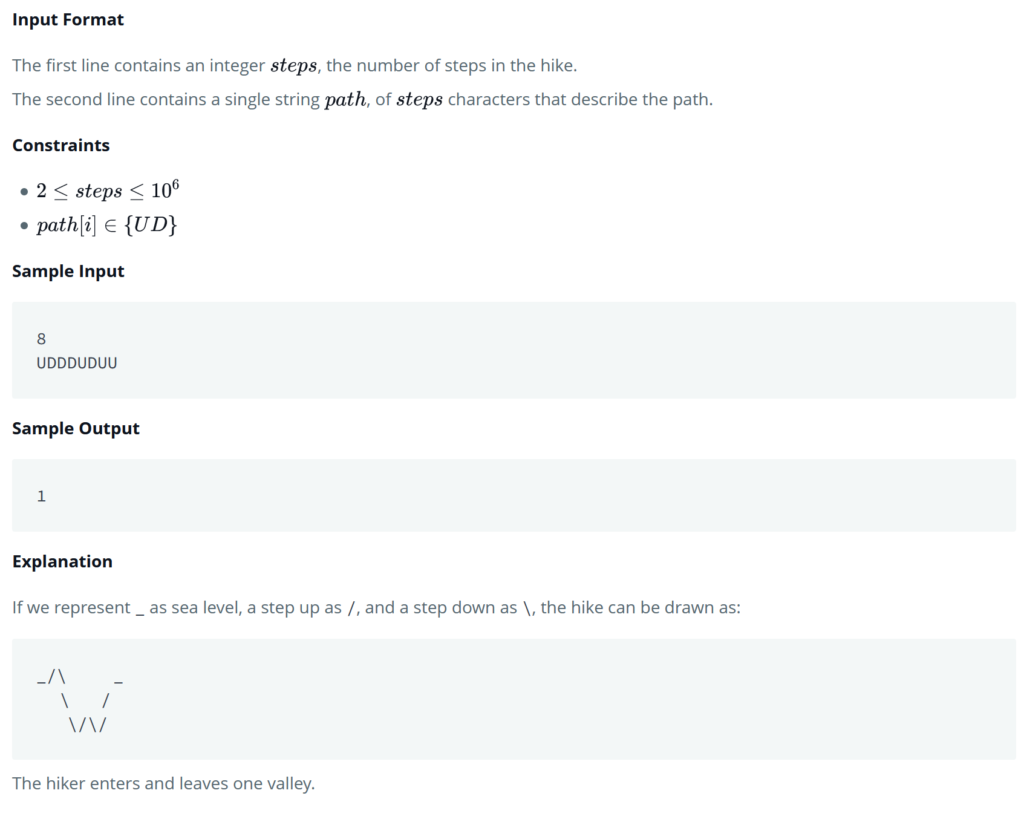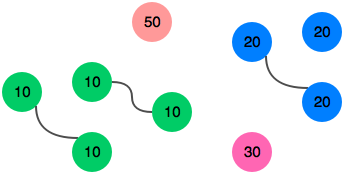
Problem
A left rotation operation on an array shifts each of the array’s elements 1 unit to the left. For example, if 2 left rotations are performed on an array [1,2,3,4,5], then the array would become [3,4,5,1,2]. Note that the lowest index item move to the highest index in a rotation. This is called circular array.
Given an array a of n integers and a number, d perform d left rotations on the array. Return the updated array to be printer as a single line of space-separated integers.
Function Description
Complete the function rotLeft in the editor below.
rotLeft has the following parameter(s):
- int a[n]: the array to rotate
- int d: the number of rotations
Returns
- int a'[n]: the rotated array
Input Format
- The first line contains two space-separated integers n and d, the size of a and the number of left rotations.
- The second line contains n space-separated integers, each an a[i]
Constraints
1 <= n <= 1051 <= d <= n1 <= a[i] <=106
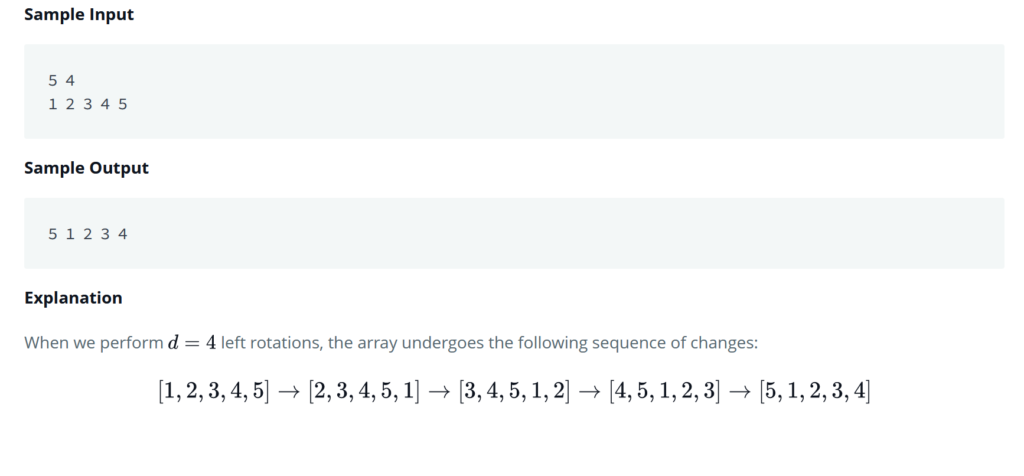
Solution
package org.span;
import java.io.IOException;
public class ArrayLeftRotation {
static int[] rotLeft(int[] a, int d) {
for (int i = 0; i < d; i++) {
int t = a[0];
System.arraycopy(a, 1, a, 0, a.length - 1);
a[a.length - 1] = t;
}
return a;
}
public static void main(String[] args) throws IOException {
int d = 4;
int[] a = {1, 2, 3, 4, 5};
int[] result = rotLeft(a, d);
print(result);
}
public static void print(int[] a) {
for (int i = 0; i < a.length; i++) {
if (i > 0)
System.out.print(" " + a[i]);
else
System.out.print(a[i]);
}
}
}


